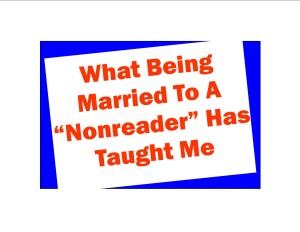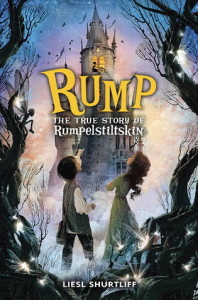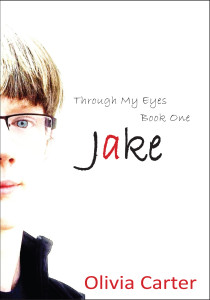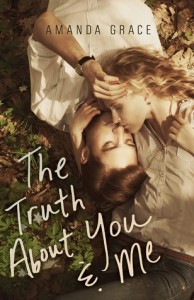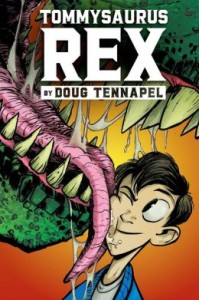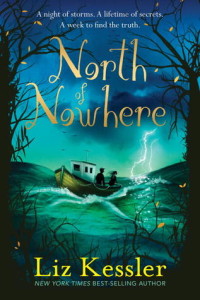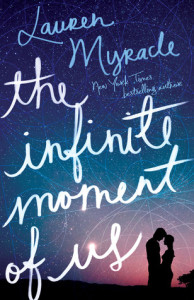It was really hard for me when I realized while I was dating him that my husband, Jim, was not a fan of reading novels. I have tried for the ten years that I have known him to try to change this: I’ve shown him graphic novels, talked about books I thought he might like, and had books surround us always; however, he never bit. For years this bothered me. How could I have not married someone who loved to read?! It is my passion! But then I realized, I was defining him incorrectly. Jim is not a nonreader; he just doesn’t read what I do. The more I remind myself of this, the more I learn, and the more it has affected me as a teacher. So, what have I learned from this realization? Well…
1. Not all reading is done in books.
I actually think Jim may read more than me. He is always reading. Magazines, newspapers, blog posts, websites, tutorials, instruction manuals – all reading. He is always reading just not in books.
2. Reading on electronics is reading.
It is very hard for all of us book lovers to move away from the idea that all reading needs to be done in print. This is not the case (especially if you look at our 21st century students). Jim does probably 1% of his reading in print. Everything else is done on his phone, iPad, or computer. It is still words being read and processed through the brain. That is reading.
3. Not all people enjoy reading for entertainment.
To many people, reading just for entertainment is not something they enjoy (which means it is not entertainment for them at all). They want to learn something from what they read (and no, a moral in a story doesn’t count). For example, as I type this, Jim is on the “This Old House” website on the iPad reading about painting.
4. Not reading novels does not mean someone is not intelligent.
I’ve always associated reading books with intelligence, it was how I was raised, but I’ve had to remind myself that this is not the case. When I meet my students, I don’t automatically think they are dumb because they may not have ever read a novel on their own and if we honestly look at those students, most of them are smarter at something than I am: I’ve had military buffs, electronic whizzes, sports nuts, science geniuses, etc. If I don’t know about these things, they don’t automatically think I’m dumb because I don’t know about their passion and I would never do the same to them just because they don’t read novels. We need to make sure to transfer this thinking to adults as well. When someone says they don’t read, the assumption cannot be that they are lazy or unintelligent. And truthfully, they probably do read, just not traditional texts, but they are so used to just saying they don’t read.
5. Many aspects of a novel can be found elsewhere (and analyzed, discussed, etc.)
Why do we want our students to read novels? Yes, we love them, they are wonderful stories, it’ll help you become a better reader, the stories are complicated and makes us better thinkers. All true and I agree with them all; however, many of the narrative elements and literary aspects we teach from a novel can be found else where and can also be analyzed. There are some amazing movies and video games out there that tell stories that can battle some of the best written books and are so beautifully put together that they are pieces of literature themselves. (Now, please do not get me wrong – I am a reading teacher and I will never stop expressing the importance of reading, novels, etc.)
I know that this is something for all of us book lovers to realize; I know it was really hard for me, but we need to realize that reading may be changing and our definition of reading needs to change with it. My husband is not a nonreader, he is a reader, and so are many of your “nonreader” students.
